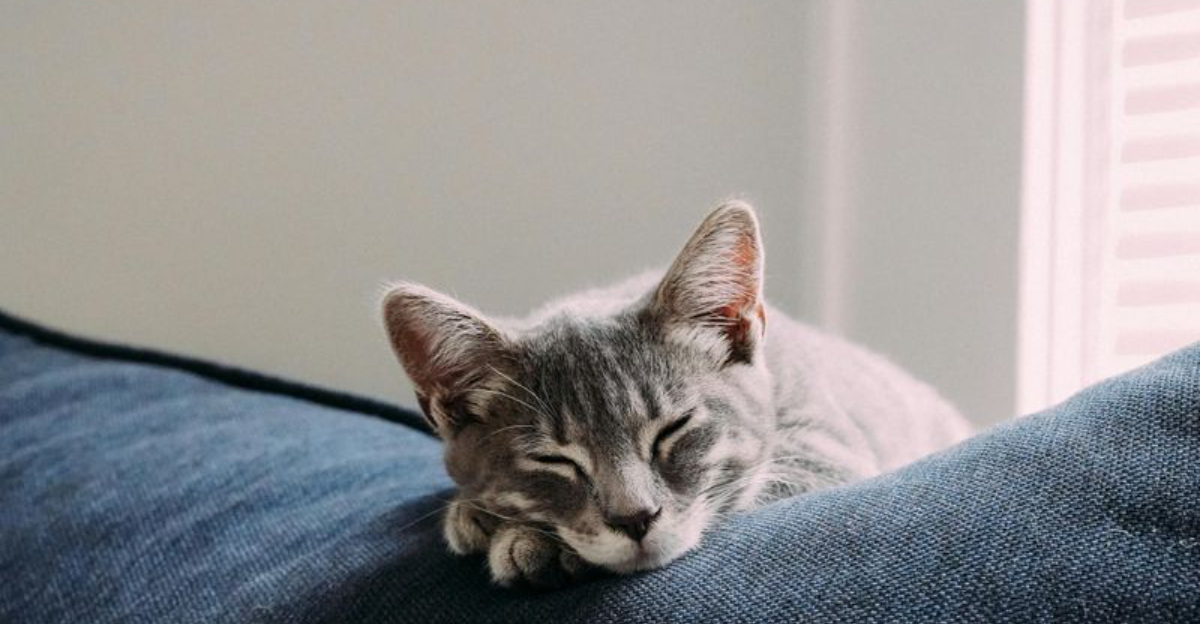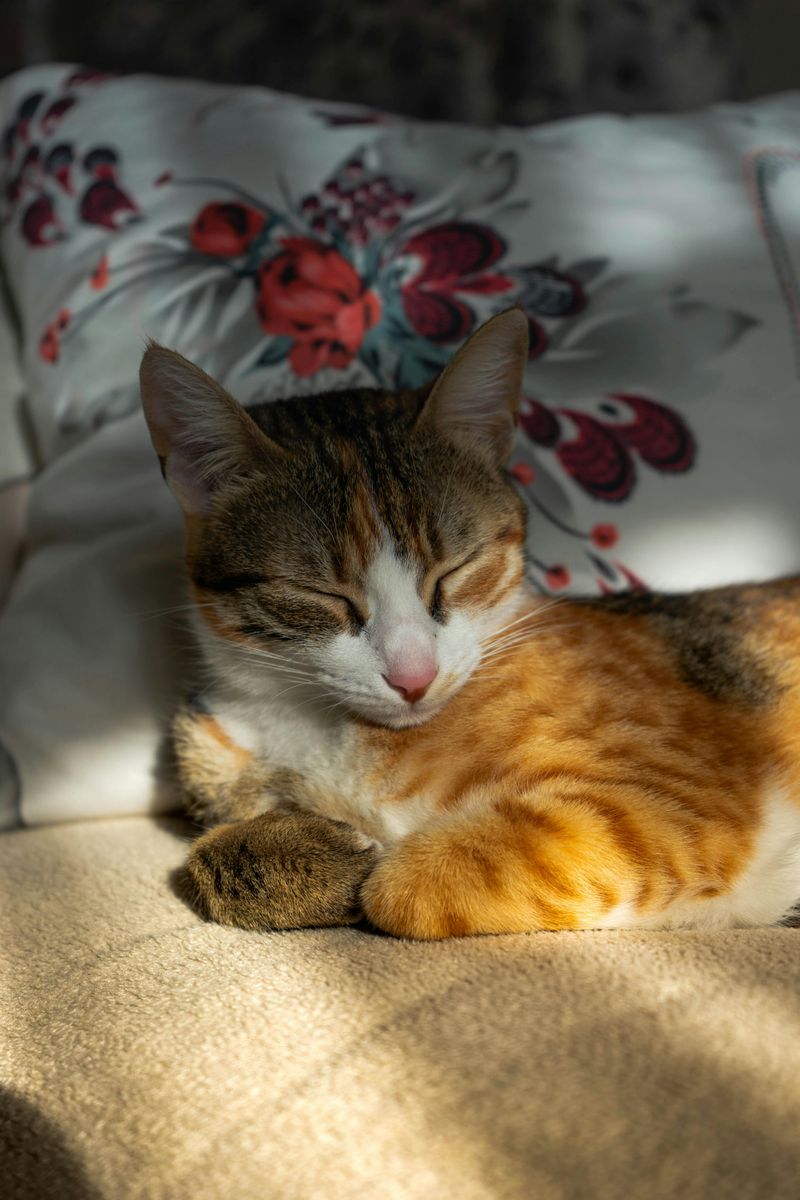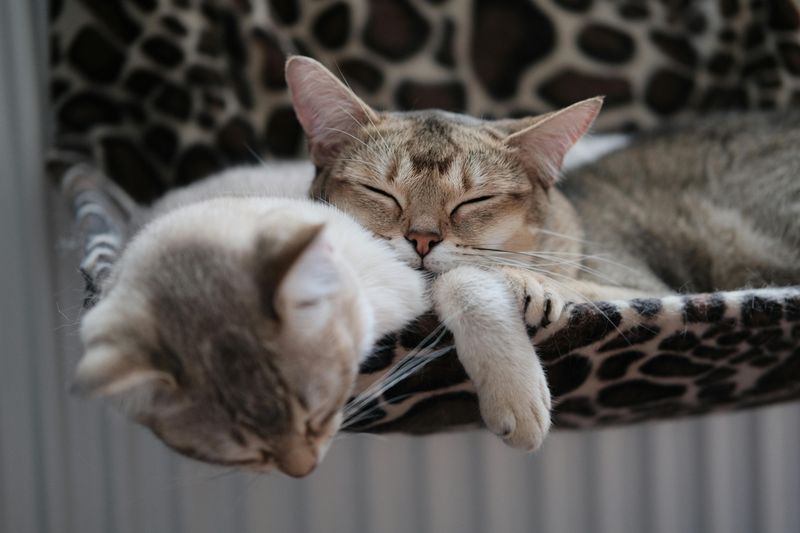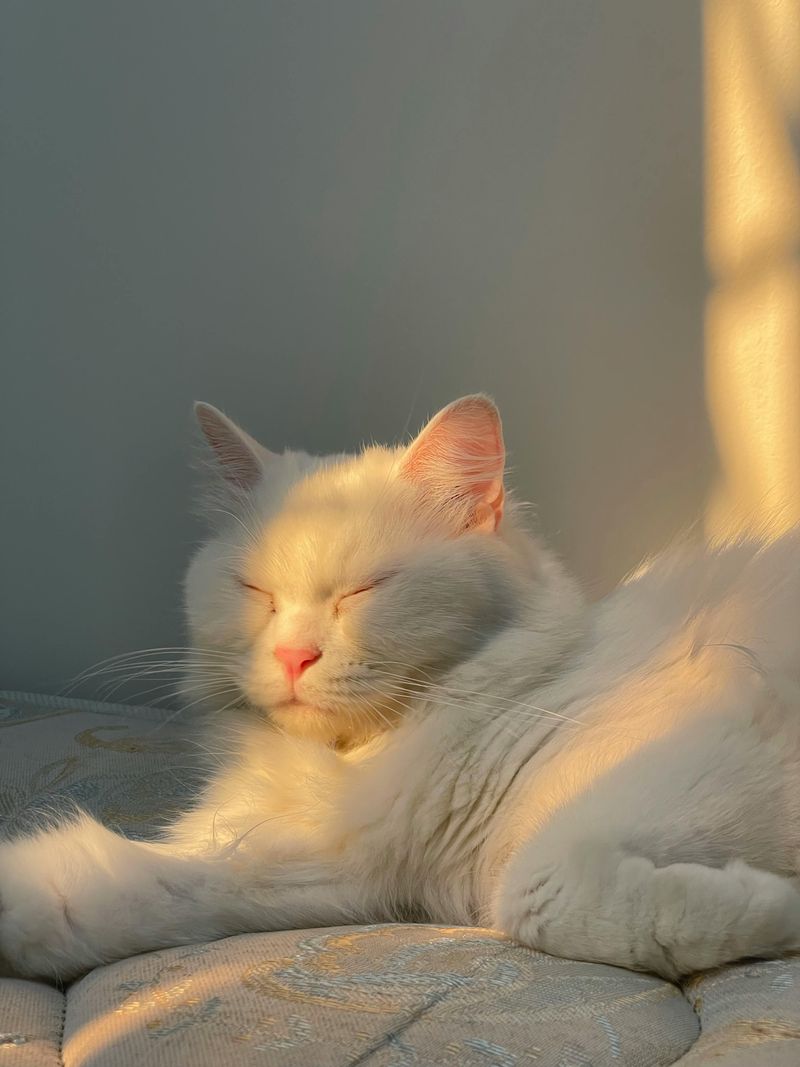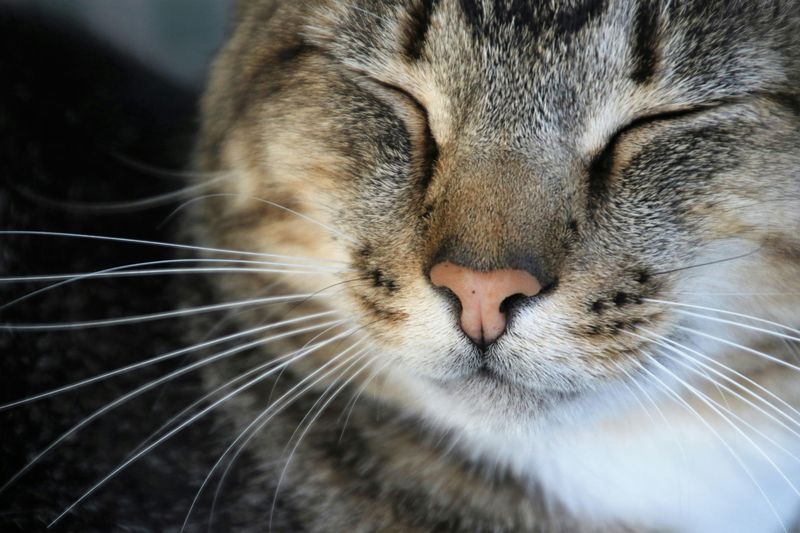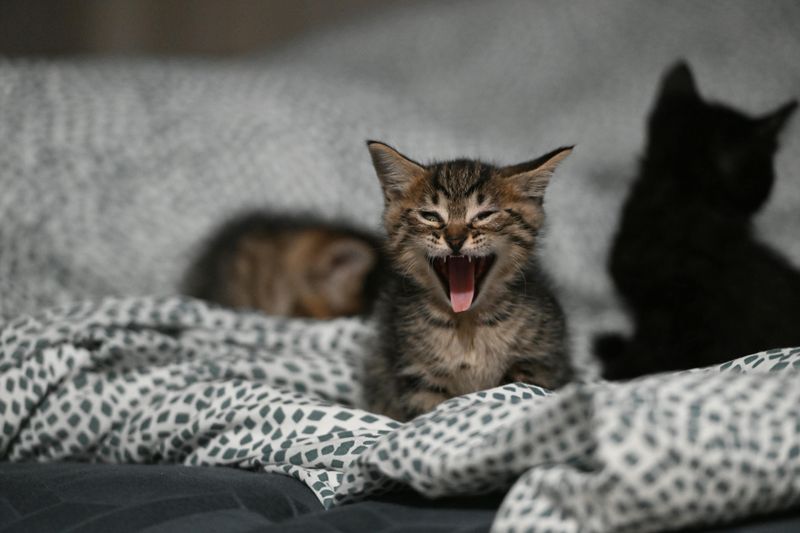📖 Table of Content:
Cats are masters of rest, often seen curled up in sunbeams or tucked into cozy corners for long stretches of the day. It’s no secret that they sleep far more than their human companions, sometimes logging up to 16 hours a day or more. This tendency can make it difficult to notice when something is off, especially since cats are known for hiding their discomfort or illness.
However, not all sleep is created equal, and subtle changes in your cat’s sleeping behavior may be more than just quirks. Sleeping patterns can serve as early warning signs of health issues, both physical and emotional. As a cat owner, it’s important to tune into these patterns and understand what may be normal versus what could warrant a closer look.
By observing shifts in where, how, and how much your cat sleeps, you may be able to catch underlying problems before they become more serious. Even something as seemingly harmless as a new nap location or deeper-than-usual slumber could carry clues about your cat’s overall well-being. Below are seven specific sleeping habits that might reveal health problems in your feline friend—and what they could mean.
1. Excessive Sleeping Beyond Normal
An increase in sleep may not raise alarm bells immediately, especially in an animal known for its love of lounging. But when your cat begins to sleep significantly more than their usual 12–16 hours, or seems hard to wake and less interactive when awake, it could be a symptom of a health issue. Underlying problems such as anemia, hypothyroidism, or even infections can sap energy, causing your cat to rest excessively. In older cats, this could also indicate degenerative conditions or organ decline. Unlike kittens, whose extended sleep is tied to growth, adult cats who suddenly sleep too much may be masking discomfort. Take note of changes in daily rhythm—particularly if your cat is missing meals or playtime in favor of sleep. Persistent lethargy that isn’t tied to age or obvious environmental factors should be checked by a vet.
2. Restless Sleep or Frequent Waking
Cats generally enjoy deep, peaceful slumbers, often punctuated by light twitching during REM sleep. So if your cat is constantly shifting position, waking up frequently, or never seems to settle, it may be experiencing physical discomfort or internal distress. Joint pain, especially from arthritis, can make it difficult for your cat to find a comfortable resting position. Hyperthyroidism and neurological disorders may also contribute to restless behaviors during sleep. In some cases, cats may seem edgy or irritated after napping, which could indicate poor sleep quality caused by pain or hormonal imbalance. This type of behavior is often mistaken for personality change rather than a medical red flag. Keeping track of how often and how well your cat sleeps can offer vital clues about what’s going on beneath the surface.
3. Sleeping in Strange Places
Changes in sleeping locations can be one of the most telling signs that something is wrong. While cats are known for occasionally seeking out novel or peculiar napping spots, a sudden preference for dark, hard-to-reach places may signal stress, illness, or fear. Ill or aging cats often retreat to secluded areas to rest, away from noise and activity. This instinctive behavior is rooted in their survival instincts and can be easy to overlook. Anxiety or environmental changes may also drive this shift, particularly in multi-pet households. Monitor whether this new habit coincides with other signs like reduced appetite, vocalization, or changes in grooming. A visit to the vet may help determine if your cat is hiding due to physical discomfort or psychological distress.
4. Difficulty Getting Up or Lying Down
Difficulty transitioning between positions isn’t just a sign of old age—it could indicate an ongoing health concern that’s causing pain or stiffness. Cats who hesitate before lying down, or who seem to brace themselves when standing up, might be suffering from joint inflammation, arthritis, or muscular weakness. Obesity can exacerbate this issue, placing extra strain on their bones and joints. Watch for signs such as limping, reluctance to jump, or a hunched posture. Often, these symptoms emerge subtly and worsen over time if not addressed. Soft bedding, gentle handling, and regular checkups are essential for maintaining your cat’s mobility and comfort. Early intervention can drastically improve quality of life and prevent further complications.
5. Sleeping with Eyes Open or Twitching
Unusual behavior during sleep, such as keeping the eyes partly open or frequent twitching, may point to more than just vivid dreaming. While it’s normal for cats to exhibit small movements during REM cycles, exaggerated twitching or spasms can be signs of a neurological issue. In rarer cases, such behavior might indicate seizures, especially if accompanied by vocalization, drooling, or disorientation upon waking. Toxin exposure, genetic disorders, or trauma can all affect a cat’s nervous system in this way. If these signs are persistent or worsen, it’s essential to seek veterinary attention immediately. Even something as small as occasional facial twitches can offer early clues to deeper health problems. Observing your cat closely while it sleeps can help catch subtle neurological symptoms before they progress.
6. Lethargy and Sleeping More Without Energy When Awake
An important distinction should be made between a cat that sleeps a lot and one that is lethargic. When a cat is awake, it should still show interest in food, grooming, or interactive play—even if briefly. A cat that sleeps for long periods and then remains inactive or disengaged when awake could be experiencing chronic illness such as kidney disease, diabetes, or cardiovascular problems. These conditions sap energy reserves and are often accompanied by other signs like increased thirst or changes in litter box habits. Lethargy is one of the most frequently overlooked symptoms because it can be confused with simple relaxation. Pay attention to whether your cat seems alert and purposeful during its waking moments. If not, it’s worth scheduling a health evaluation.
7. Snoring or Labored Breathing During Sleep
Although snoring can be benign—especially in breeds with short snouts like Persians or Himalayans—loud or irregular breathing during sleep should not be dismissed outright. Respiratory infections, nasal obstructions, or even obesity can contribute to airway restriction, making it hard for your cat to breathe normally while lying down. Labored breathing is especially concerning if it involves wheezing, coughing, or mouth breathing. These symptoms can worsen at night when the body is at rest and the respiratory rate slows. If your cat’s snoring is new, or seems to accompany other symptoms like fatigue or nasal discharge, consult a vet. Breathing should always be smooth and quiet during sleep, and changes can point to treatable but serious health conditions.
